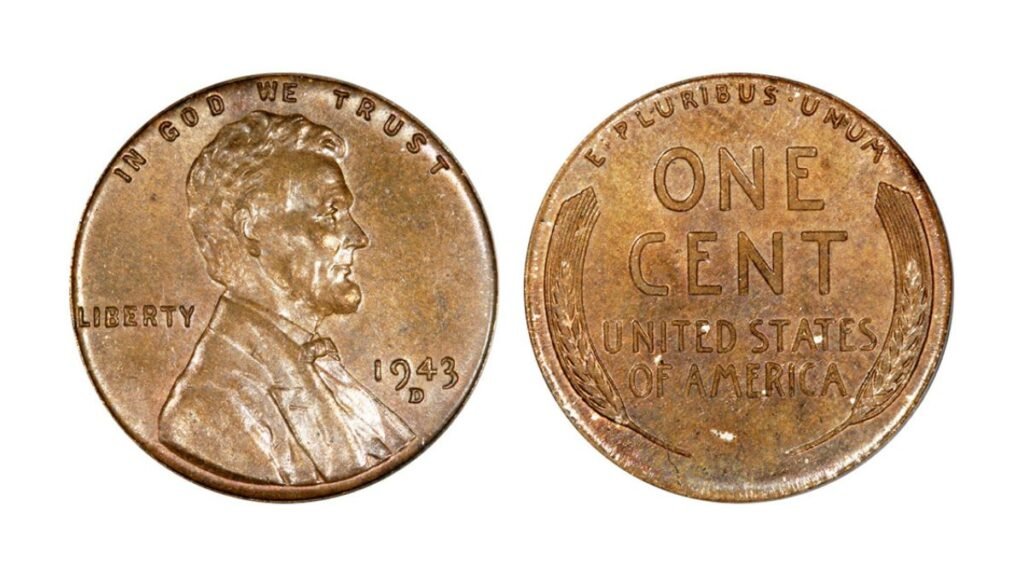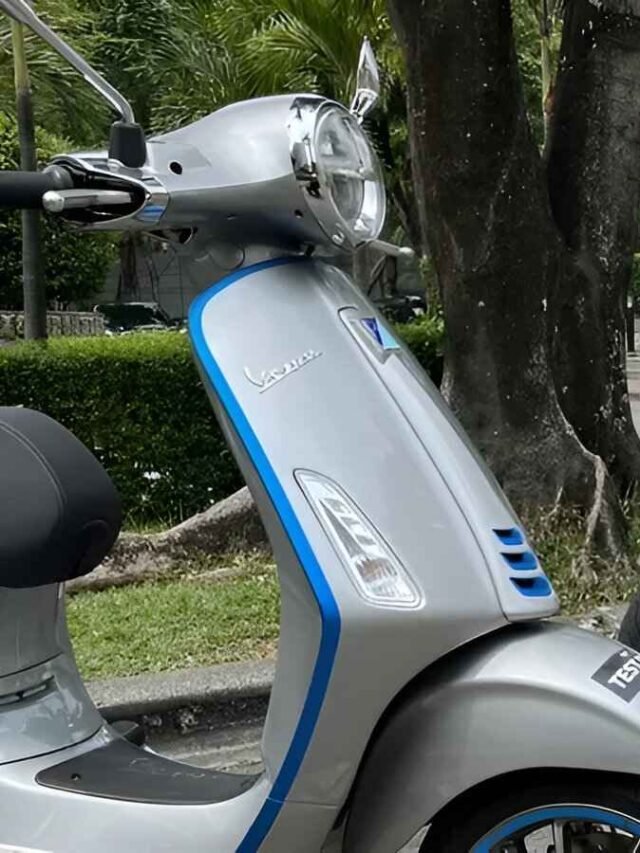The Lincoln Wheat Penny is a unique chapter in American currency history. When it was first introduced in 1909, it brought a big change to the world of American coin design. Prior to this, only the symbol of Liberty was depicted on American coins. But the Lincoln Wheat Penny was the first coin to feature the face of a real historical person—Abraham Lincoln, the 16th President of the United States. A skilled designer named Victor David Brenner designed this coin to commemorate Lincoln’s 100th birth anniversary. It had Lincoln’s dignified profile on one side and two ears of wheat on the other. This design made it an identity for many generations.
The wartime mistake that made history
The story of this amazing and historic coin begins when the world was burning in the fire of World War II. In 1943, America was engaged in the war with full force and at that time there was a huge shortage of all kinds of resources, especially copper. The need for copper was so great for military weapons, bullets and other equipment that the US Mint decided that the penny coins to be made that year would be made of steel instead of copper. But an inadvertent mistake was made at the Denver Mint. Some leftover copper blanks were left in the machine on which the 1943 design was printed. Due to this mistake, the few copper coins made in 1943 are today counted among the rarest and most valuable coins in the world.
How did this coin become worth $120 million?
Now the question arises: why is the price of this special coin so high—about $120 million? The main reasons for this are its perfect condition, historical importance, and availability in very few numbers. It is believed that this coin never came into circulation and was kept safe somewhere as soon as it was made so that it remained in its original state. Apart from this, it is the result of a historical mistake, which happened at a serious time like World War. And most importantly, there are only a few such coins in existence in the world, perhaps only one or two. This exceptional rarity and historical story have made it in high demand among serious collectors and investors, driving its value skyrocketing.
How to Identify a Real 1943 Denver Copper Penny?

If you have a collection of old coins or you think a coin is real, then it is very important to identify it. A real 1943 copper coin can be identified by a few special characteristics:
- It should have a “D” mark, which indicates that it was minted at the Denver Mint.
- Its metal should be copper, not steel. Steel 1943 coins stick to a magnet, but real copper pennies do not.
- There should be no tampering with its date digits, as counterfeiters often change the date of coins, like 1948 to 1943.
- Last and most important: professional authentication. Only get it appraised and identified by an expert or certified institution.
Can such a valuable coin still be found?
It’s exciting to think that this priceless coin might be hidden somewhere in your pocket, in an old piggy bank or among the coins you inherited. Although this unique $120 million coin is almost impossible to find, other rare and valuable coins in the same category can certainly still be found in old collections. Sometimes such coins are hidden among normal-looking coins and people spend them unknowingly. This hope and possibility of discovery is what keeps the world of coin collecting so exciting and vibrant.
How to care for coins?
If you find an antique or rare coin, it is very important to take proper care of it. Experts advise:
- Never clean coins, as this can spoil both their original appearance and value.
- Touch coins as little as possible and only hold them by the edge.
- Store them in professional-grade plastic holders to protect them from moisture, dust or other elements.
If you need to have a coin appraised, always contact certified and experienced numismatic institutions.
Its impact on the world of coin collecting
Rare coins like the Lincoln Wheat Penny have brought new vigor and excitement to the field of coin collecting. What was once considered a hobby of only the elderly or hobbyists is now emerging as a global investment and an exciting field related to history. Figures like $120 million force people to look into their pockets, safes and old cabinets. This story once again proves that even seemingly ordinary objects can have immense value and history hidden in them—one just needs to have a sharp eye.
Conclusion
The Lincoln Wheat Penny is not just a coin but also a unique heritage born of American history, wartime conditions, design art and human error. Its story inspires anyone who wants to touch history and shows that the hidden treasures all around us sometimes depend on our eyes and awareness. Whether you are a professional collector or just cleaning out your piggy bank, the next time you come across an old coin, take a closer look at it — who knows, it might make you a millionaire.
FAQs
Q. What makes the 1943 Lincoln Wheat Penny worth $120 million?
A. The value comes from its extreme rarity, being made of copper during a year when pennies were supposed to be steel, its perfect condition, and historical significance.
Q. How can I tell if I have a real 1943 copper penny?
A. Look for a 1943 date, a “D” mintmark (for Denver), and make sure it’s made of copper, not steel. Professional authentication is essential.
Q. Why did the U.S. Mint switch from copper to steel in 1943?
A. Copper was urgently needed for World War II efforts, so the Mint used steel to conserve copper for military use.
Q. Can I find a valuable penny in my pocket change?
A. While it’s rare, some valuable coins still circulate or may be found in old collections. It’s worth checking!
Q. Should I clean an old coin to make it look better?
A. No. Cleaning can damage a coin’s surface and reduce its value significantly. Always handle coins with care.






